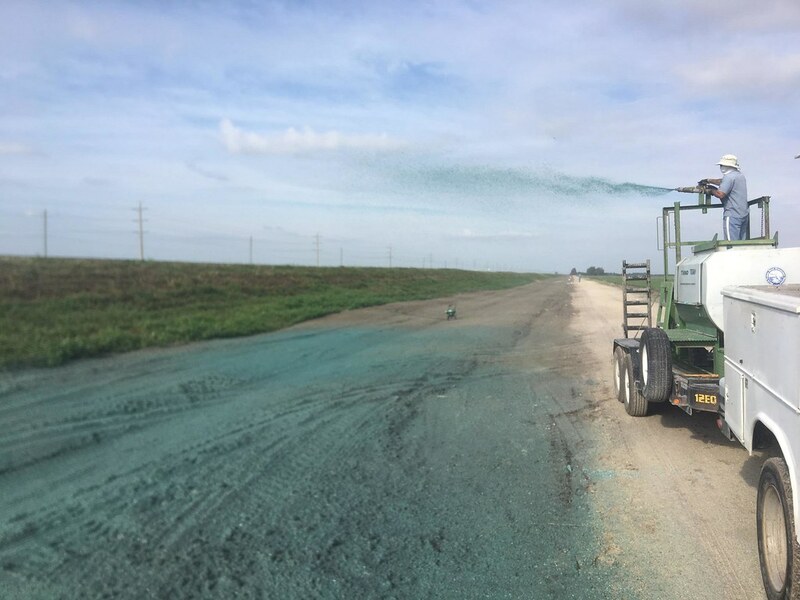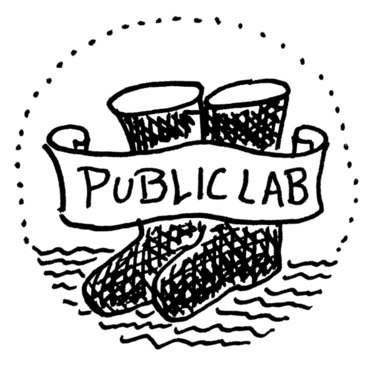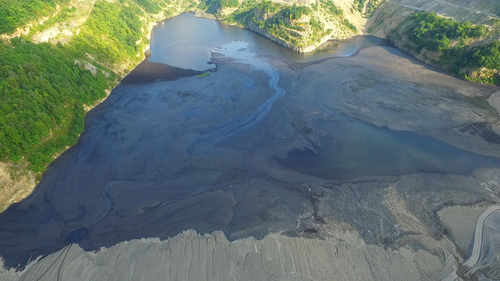
Flocculation
Lead image of hydroseed containing polyacrylamide flocculating agent, "L-13 Levee Ditch Infill Project" by SFWMD is marked with CC BY-ND 2.0.
Flocculation is a process used widely across industries to form large aggregates from smaller, dispersed particles. Aggregates are termed flocs and may settle, rise, or be easily filtered out of the liquid (source). Flocculants or flocculating agents are the chemicals used to carry out the process of flocculation.
This page is a place to collect and organize resources on flocculation & flocculating agents. Visit the flocculants tag page to see the latest posts about this topic on Public Lab, and receive updates by following #flocculants:
A frac sand mine recently blasted 140 holes in a day. What might they be doing?
Post by @joyofsoy 10 | almost 5 years ago
Hacking trail cameras to document blasts on Mountaintop Removal sites
Post by @LauraChipley 20 | over 9 years ago
Acrylamide
Acrylamide is a chemical contaminant found naturally in certain foods, in cigarette smoke, and used widely for manufacturing and industrial processes. When starchy foods like potatoes and grains are heated, sugars and an amino acid called asparagine may react to form acrylamide. In industrial settings, acrylamide is used in monomer production and polymerization as a flocculating agent.
Acrylamide is a known carcinogen & neurotoxin in animals and is currently under study by the FDA and the National Toxicology Program (source, NTP study). While everyday normal exposure is low, acrylamide is still a human health concern. Higher exposure to acrylamide may occur for people in occupations like mining.
Polyacrylamide (a polymer of acrylamide) is used in coal washing as a flocculating agent (source). Polyacrylamide exposure may also be a concern during reclamation activity if hydroseeding is used. Hydroseeding (mentioned here) is a method of soil erosion control used in mountaintop removal mining and frac sand mining. You may be able to spot it if you look for “the green stuff” sprayed to hold soil in place so grass or other vegetation will (hopefully) grow on previously mined land. In addition to human health concerns, cationic polyacrylamide is also toxic to aquatic invertebrates and can depolymerize into the probable carcinogen and neurotoxin acrylamide.

